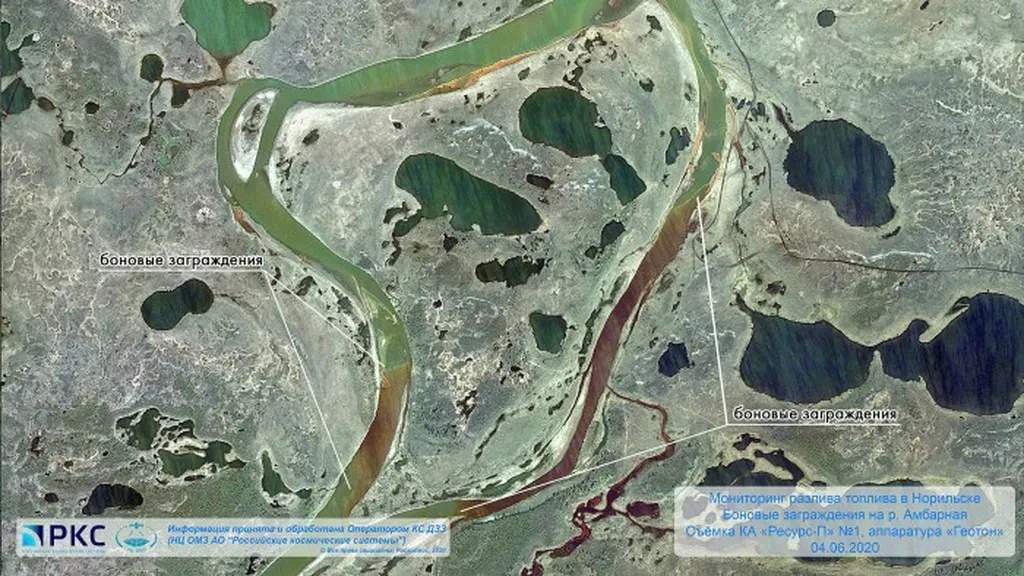In the vast, frost-kissed expanses of the pan-Arctic, a silent transformation is underway. Over the past few decades, these high-latitude ecosystems have been greening at an unprecedented rate, a phenomenon that has left scientists scrambling to understand the underlying mechanisms. Now, a groundbreaking study led by Chengfeng Meng from the College of Meteorology and Oceanography at the National University of Defense Technology in Changsha, China, has shed new light on the climatic drivers behind this Arctic greening, with implications that stretch far beyond the energy sector.
Meng and his team have been poring over satellite data, using three different vegetation indices to track the carbon dynamics of pan-Arctic ecosystems. Their findings, published in the journal Ecological Informatics, reveal that the near-infrared reflectance of vegetation (NIRv) is the most reliable indicator of these changes. “NIRv has proven to be a powerful tool for capturing the dynamic variations in terrestrial carbon dynamics, particularly in fragile ecosystems like the pan-Arctic,” Meng explains.
But what’s driving this greening trend? The researchers identified three key climatic factors: carbon dioxide (CO2), air temperature (AT), and vapor pressure deficit (VPD). CO2 and AT both showed positive correlations with NIRv, a testament to the fertilizing effects of increased CO2 levels and the warming temperatures that are stimulating plant growth. However, the role of VPD is more complex. In the high Arctic, increased VPD—essentially, the dryness of the air—has a positive effect on plant growth. But in the lower latitudes of the pan-Arctic, the opposite is true. “The diverse stomatal responses to air dryness across the pan-Arctic highlight the regional complexity of climate impacts on vegetation,” Meng notes.
So, what does this mean for the energy sector? For starters, the greening of the Arctic could have significant implications for carbon sequestration, potentially offsetting some of the impacts of climate change. But it’s not all good news. The increased plant growth could also lead to more frequent and intense wildfires, which would release stored carbon back into the atmosphere. Moreover, the thawing of permafrost—driven in part by the warming temperatures—could release vast amounts of methane, a potent greenhouse gas.
The study also underscores the importance of regional climate modeling. As Meng points out, “The diverse effects of climate factors on pan-Arctic ecosystems underscore the need for tailored, region-specific strategies in climate mitigation and adaptation.” This is particularly relevant for the energy sector, which is increasingly looking to renewable sources like wind and solar power. Understanding the regional impacts of climate change will be crucial for optimizing these technologies and ensuring their long-term viability.
Looking ahead, this research could pave the way for more sophisticated monitoring of Arctic ecosystems. By leveraging the power of satellite-based vegetation indices, scientists and energy sector professionals alike can gain a more nuanced understanding of the complex interplay between climate and vegetation. This, in turn, could inform more effective climate policies and energy strategies, helping to mitigate the impacts of climate change and ensure a more sustainable future.
As the Arctic continues to warm, the stakes are higher than ever. But with pioneering research like Meng’s, we’re better equipped to navigate the challenges that lie ahead. The journey is far from over, but every step brings us closer to a deeper understanding of our changing world.

